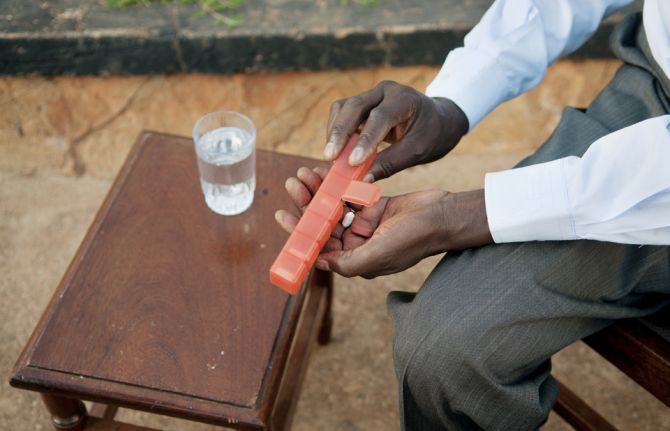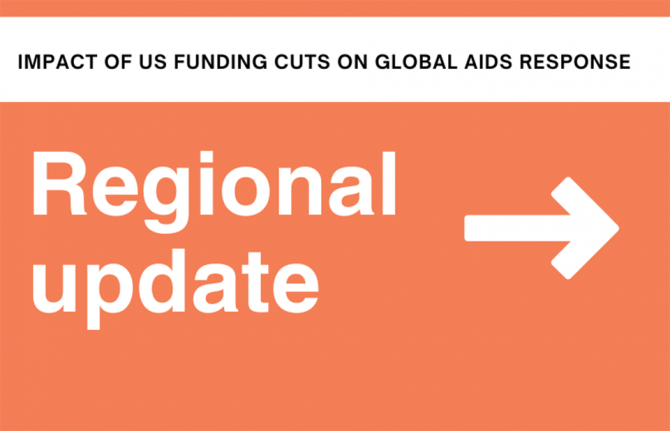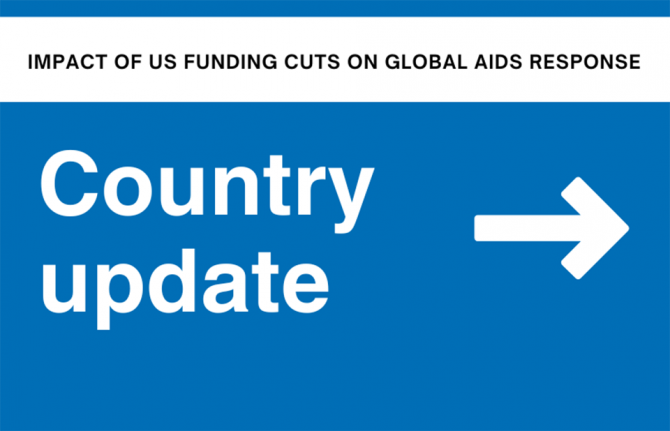

Feature Story
Test and treat showing results in Uganda and Zambia
05 April 2018
05 April 2018 05 April 2018New data show that the test and treat approach is having a significant impact on the number of people accessing HIV treatment. After Uganda adopted such an approach in 2017, according to government data the number of men newly initiated on treatment rose from 60 000 in 2016 to 80 000 in 2017, while the number of women newly initiated on treatment increased from 107 000 to 138 000 in the same time period.
Just as importantly, the treatment gap between people newly diagnosed as HIV-positive and people newly initiated on HIV treatment has shrunk for both men and women in Uganda. The gap for men narrowed by 45%, from 33 000 in 2016 to 18 000 in 2017, while for women it narrowed by 60% in the same time period, from 48 000 to 19 000. Although more women are testing HIV-positive than men, the HIV treatment gap is closing for both women and men.
Similar trends were observed in Zambia after the start of its test and treat policy in 2017. Zambia has seen the number of people newly initiating HIV treatment increase from 23 000 in the first quarter of 2016 to 45 000 in the final quarter of 2017, according to government data—an increase of 65%.
Through a test and treat approach, if a person tests HIV-positive, he or she is immediately enrolled on HIV treatment. Before the advent of test and treat, people living with HIV had to wait for their CD4 count to drop to a particular level before starting treatment.
Both these effects of test and treat were seen after the recent launches of so-called situation rooms in both Uganda and Zambia. The situation rooms are interactive software platforms that centralize data for HIV and other diseases to improve tracking of the diseases and programming in order to reach more people with services.


